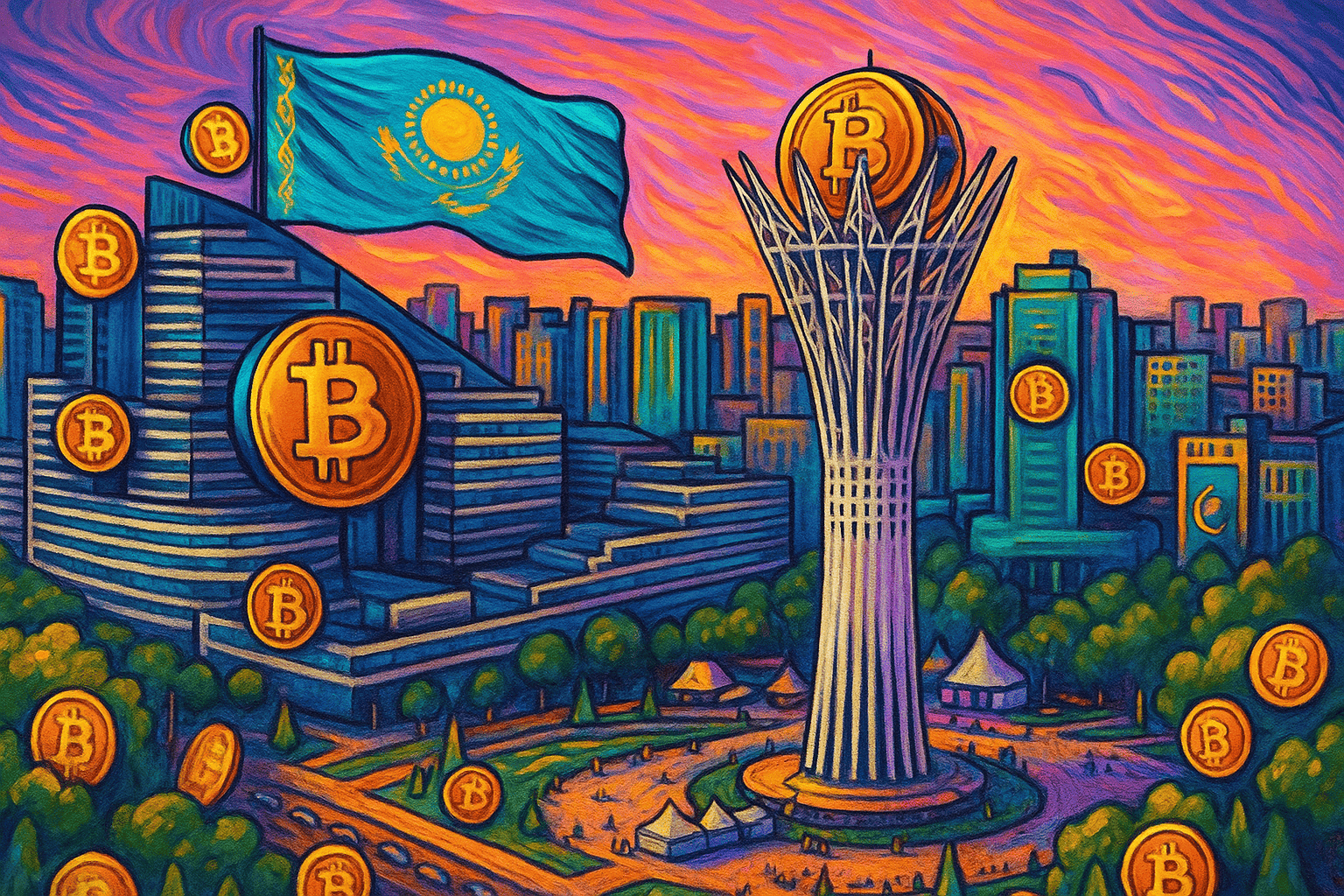Popular cryptos
Phala Network
Download app Ironwallet and get tool for making transaction without network fee
About Phala Network
Phala Network stands out as an innovative solution in the realm of cloud computing, prioritizing privacy without compromising on performance. Much like how we’ve seen technology evolve to address key challenges, Phala provides computational capabilities on par with mainstream cloud offerings, yet it uniquely safeguards the privacy of the applications it hosts. Leveraging a cutting-edge TEE-Blockchain Hybrid Architecture, it enables developers to deploy secure smart contracts within the TEE Enclaves of the CPU. Furthermore, Phala’s foundation on Substrate paves the way for its integration as a parachain within the Polkadot Ecosystem, demonstrating a forward-thinking approach in blockchain technology integration.
Phala Network Mission
Phala Network is at the forefront of the Web3 revolution, offering developers a game-changing off-chain compute infrastructure. This innovation not only upholds the decentralized and trustless ethos of blockchain technology but also enhances the capabilities of dApps beyond the constraints of on-chain operations. Through Phala’s innovative Phat Contracts, developers can enrich their dApps with advanced functionalities, such as cross-chain integrations and extensive computational power, all while maintaining seamless connectivity to the internet.
The advent of Phat Contracts represents a significant leap forward, transforming Smart Contracts into more intelligent, dynamic tools that can be easily integrated through the user-friendly Phat Bricks platform. This development is a response to the evolving demands of Web3, where the complexity and scope of dApps are continually expanding, necessitating robust off-chain computation solutions.
Phala Network is not just about technological innovation; it’s about reshaping the digital ecosystem. It stands as a bastion against the tide of centralization, providing a decentralized compute network that is open and accessible to all. This commitment to a Public Good Network underscores Phala’s vision of offering computation in its most ideal form, aligned with the core values of Web3. Through Phala, developers are empowered to harness off-chain computational resources without compromising on decentralization, embodying the essence of computation as it was truly intended.
History and Team
In 2018, Marvin Tong and Hang Yin founded the Phala Network, marking a significant juncture in the blockchain realm. Tong, with his extensive background as a senior product manager at industry giants Tencent and Didi, and Yin, known for his pivotal role in developing Bitcoin Gold and his decade-long programming expertise, brought a wealth of knowledge and innovation to the table.
The journey of Phala began to materialize with the launch of its first testnet, PoC-1, in March 2020. This initial phase enabled the issuance and transfer of confidential tokens, showcasing the network’s potential. Progressing to July 2020, Phala introduced PoC-2, the second testnet phase, which set the stage for Vendetta, or PoC-3. This phase was notable for its integration of decentralized TEE nodes, paving the way for the ultimate launch of Phala’s mainnet as a parachain within the Polkadot ecosystem.
As 2020 came to a close, Phala Network successfully secured over $10 million in funding, with contributions from notable entities such as Candaq Group, InfiChain, Blue Mountain Labs, Incuba Alpha Group, and Exoplanet Capital. This financial endorsement not only validated the network’s potential but also positioned Phala as a formidable player in the evolving landscape of blockchain technology.
How Does Phala Network Work?
Phala Network harnesses the power of Trusted Execution Environment (TEE) technology to revolutionize the way smart contracts operate, ensuring unparalleled privacy and security. TEE, a sophisticated feature embedded in modern CPUs, provides a secure enclave for data processing, safeguarding sensitive information from potential breaches.
For instance, Intel’s CPUs incorporate the Intel SGX solution, an embodiment of TEE that offers a fortified execution space within the processor. Similarly, AMD’s SVE and ARM’s Trusted Zone are counterparts in their respective ecosystems, extending this secure functionality to a wider range of devices, including smartphones.
Through these technological innovations, Phala Network establishes a fortified execution realm for smart contracts. This is not just about preventing information leakage; it’s about creating a foundation of trust and security in the digital landscape. By integrating these secure elements into its blockchain architecture, Phala Network sets a new standard for privacy and reliability in the world of smart contracts.
Roles in the Network
Within the Phala Network, a structured protocol delineates distinct roles, each pivotal to the ecosystem’s functionality:
1. Users are the linchpin, engaging directly with smart contracts to invoke, query, and deploy them. Their interaction is facilitated through blockchain and worker nodes, with the capability to authenticate data and cryptographic proofs via either a thin client or a full node. Remarkably, this interaction doesn’t necessitate specialized hardware, as it’s compatible with most modern CPUs (from 2015 onwards).
2. Worker Nodes are tasked with executing confidential contracts within TEE-compliant hardware, operating predominantly off-chain. Each node harbors a unique program, pRuntime, within the TEE’s secure enclave, ensuring the execution’s integrity.
- The Genesis Node is the inaugural node that orchestrates network initialization and cryptographic configurations. Singular in existence, it’s decommissioned post the network’s initiation.
- Gatekeepers are the custodians of network secrets, pivotal for maintaining operational continuity and security. Their election is dynamic, predicated on blockchain consensus and necessitating a stake within the network. Their role is rewarded for uptime and penalized for malfeasance to ensure a consistent number of operational gatekeepers.
- Miners provide computational resources, executing confidential contracts. They’re compensated for their contributions, with entry and exit from the network at their discretion. Miners are required to stake a modest amount of Phala tokens proportional to the CPU cores they employ for mining.
3. Remote Attestation Service stands as a verifier, ensuring the accurate deployment of pRuntime on worker nodes. Its cryptographic validations affirm that outputs are genuinely derived from TEE-executed pRuntime.
4. Blockchain, the cornerstone of Phala Network, chronicles worker node identities, smart contracts, and the state of encrypted contracts, alongside user and inter-blockchain transactions. Its integration with a Polkadot parachain slot facilitates seamless interoperability across diverse blockchains within the Polkadot ecosystem.
What is PHA Token?
The intrinsic value of PHA, the core utility token of Phala Network, is rooted in its integral role within the network’s cloud-based economy. With a finite issuance capped at 1 billion tokens, PHA is pivotal for both securing the network and facilitating its governance processes.
Participants across the spectrum, from external blockchains augmenting their capabilities to individuals seeking private data storage, leverage PHA to access the network’s computing resources and services. This token economy not only incentivizes the provision of resources but also ensures the network’s robustness and security through remuneration in PHA.
Moreover, key network participants like gatekeeper and miner nodes engage in staking their PHA as a commitment to their roles. This staking mechanism serves as a safeguard, imposing penalties through slashing of the staked PHA for any nefarious activities. Beyond this, holding PHA empowers individuals to be active participants in the network’s governance, granting them the right to vote on proposed modifications within the Phala ecosystem. Thus, PHA is not just a currency within the Phala Network; it’s a fundamental element that underpins the network’s operational integrity, governance, and community engagement.
Benefits and Challenges of Investing in PHA
Advantages
Phala Network’s innovative architecture empowers users to process complex computations off-chain, all within the safety of secure enclaves designed to protect sensitive information. This ecosystem is bolstered by robust infrastructural elements and developer tools, including the Phat Contract SDK and the Phala Node, which simplify the development process and enhance user engagement.
Additionally, Phala’s commitment to interoperability, evidenced by its integration with Polkadot and SubBridge, paves the way for frictionless asset and data transfer across different blockchain environments. The platform’s engaging, gamified environment, Phala World, promises to captivate and maintain a dedicated user base, offering them a uniquely immersive experience.
Disadvantages
Despite its significant contributions, the platform presents a steep learning curve for newcomers unfamiliar with blockchain technology, potentially hindering broader adoption.
A more subtle concern lies in the network’s governance structure, where gatekeepers wield considerable influence. Despite the decentralized ethos of the project, the presence of MasterKey features introduces a level of centralization that might not sit well with seasoned DeFi enthusiasts seeking fully decentralized solutions.
Challenges
As a relatively nascent project, Phala Network faces the uphill battle of expanding its dApp ecosystem and user community, which currently lag behind more established counterparts. The platform’s long-term impact hinges on its ability to attract and retain users and developers, a common hurdle for emerging technologies.
Moreover, the volatile nature of the cryptocurrency market, coupled with an ever-evolving regulatory landscape, presents ongoing challenges. These factors can affect the attractiveness of the project to potential users, highlighting the need for strategic navigation through the uncertainties of the crypto space.





















